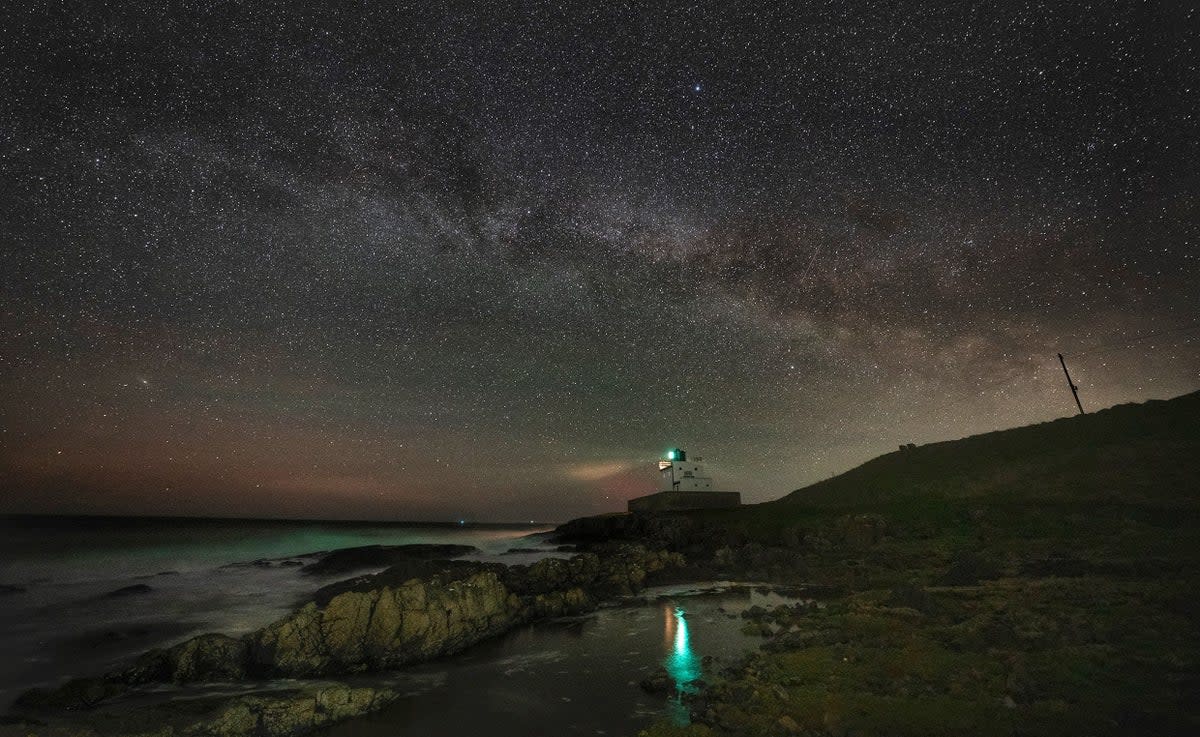Scientists find strange spinning star going shockingly slowly

Scientists have found a neutron star spinning more slowly than any ever seen before.
Researchers say that object is the slowest of the more than 3,000 radio emitting neutron stars that have been measured so far.
Neutron stars are the ultra-dense leftovers of a dead star. When a star’s life comes to an end, it uses up all of its fuel, explodes into a supernova and leads behind a neutron star, packed into a ball with a mass 1.4 times that of the Sun but condensed into a radius of 10km.
They usually spin astonishingly fast: sometimes taking just a fraction of a second to rotate completely.
But the new object takes 54 minutes to spin around. Researchers never expected such a finding and say that it could shed new light on how stars are born and die.
“In the study of radio emitting neutron stars we are used to extremes, but this discovery of a compact star spinning so slowly and still emitting radio waves was unexpected,” said Ben Stappers, from the University of Manchester.
“It is demonstrating that pushing the boundaries of our search space with this new generation of radio telescopes will reveal surprises that challenge our understanding.”
Researchers are still not absolutely sure that the radio signal – which travelled 16,000 to Earth – is definitely a neutron star. The nature of the radio signal and the change in its spin suggests that it is, but scientists suggest it might also be something else such as a white dwarf with a strong magnetic field.
Researchers hope to do more work both to confirm its nature and better understand the physics of those extreme objects. Whatever it is, the signal is likely to dramatically change our understanding of either neutron stars or white dwarfs.
The research is described in a new paper, ‘An emission state switching transient with a 54-minute period’, published in Nature Astronomy.


